Ashland/Cherryland Jumbotron Uncertainty
Unincorporated Alameda County has beautiful geography. From rolling hills that go from a spring green that transition fall brown to sweeping panoramic views of San Francisco Bay, the San Bruno mountains and both financial district downtown centers of Oakland and San Francisco. Houses, churches, schools, water tanks and other structures accompany the developed ridges around Ashland, Cherryland and Castro Valley. For better or worse, we are a developed, mostly car dependent, suburban community.
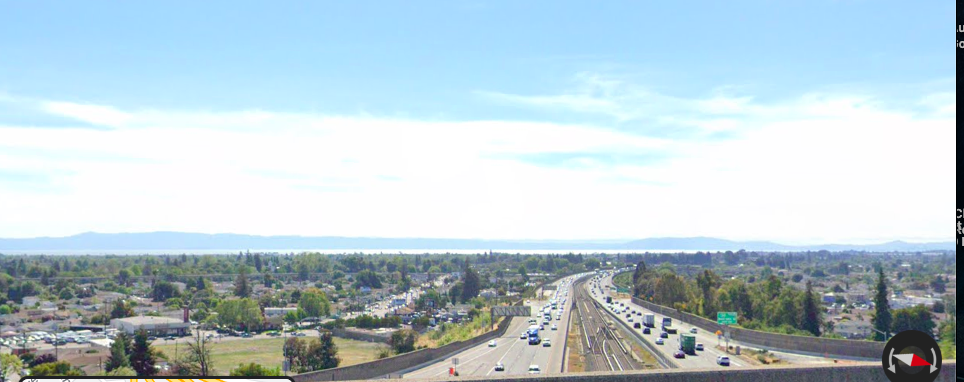
Residents both welcome those who wish to call the Eden Area home while educating our neighbors, old and new, about the importance of the natural beauty that has managed to remain through European colonization. It is a fact we continue to live and work on unceded Ohlone land.
Yet since the mid century, unwelcome Giants have lived among us. Towering over, occupying our attention, urging us always to do what has seemed more and more the single most important human imperative, especially by these Giants’ overlords, who live on a street called Wall in New York City… and that is to purchase! Buy something!
Historical Context
Complaints in California regarding billboards and their “visual pollution” date back to at least 1904, according to the LA Times. At first billboards simply advertised adjacent or local businesses or attractions. In the 1930’s, the state of California recognized the intrinsic visual clutter and potential danger due to car driver distraction thus the first regulations were enacted by our legislature.
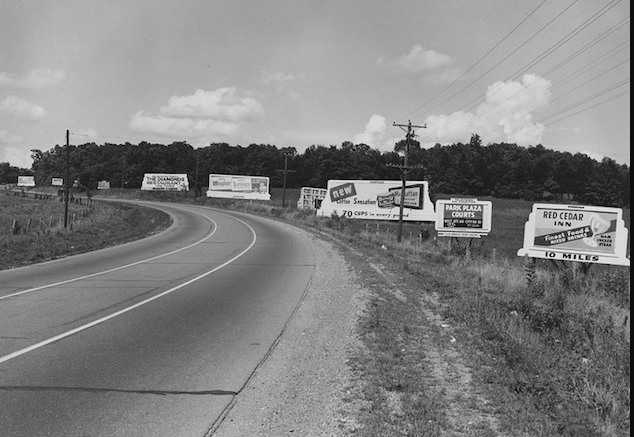
In the 1960’s, California voluntarily signed on to Lady Bird Johnson’s Highway Beautification Program which sought to improve the appearance of our state’s highways. The program was a compromise that did not ban billboards outright but sought to remove older billboards, standardize the size of new ones and relocate ones to enhance local aesthetics.
In the 1970’s, Sacramento found that it must once again attempt to gain control of the proliferation of billboards with the passage of the California Outdoor Advertising Act which set forth a multitude of new regulations including restricting billboards and their proximity to residential areas and parks.
Overtime, lobbying done by some of the most powerful factions in the United States weakened California’s once venerated promise of a California Dreamin’ landscape to one that has seen the proliferation of new digital billboards, which first gained popularity in the early 2000’s. Now, older style “static” billboards and new digital “jumbotron” billboards both vie for the attention of the drivers of unincorporated Alameda County and their eyeballs.
A Deal is Struck
Coincidentally, it was in the early 2000’s that Alameda County sought a “deal”, as Alameda County District 4 Supervisor calls it, with corporations like Clear Channel and Outfront Media: take down some of the static billboards and we’ll let you erect a few of your jumbotrons ...but don’t forget to cut the county in on the revenue generated.
The deal seemed clear: take down the old, put up the new, share the revenue. The static billboards afterall sit awkwardly out of place, giant brutalist metal structures that align the right of way of mixed residential and commercial avenues like Lewelling and Castro Valley Boulevards. Often when it rains or is windy the advertisement on a static billboard is spoiled or is torn to shreds waving like a windsock for days only to blow into an unsuspecting gutter or freeway onramp. Plus, how lucrative could these static signs be after maintenance and labor?
It turned out, lucrative enough for Outfront Media and Clear Channel to not play softball with the County of Alameda. The deal that the county supervisors have gone along with so far will remove only half of the unincorporated Eden Area’s static billboards which align our local corridors in exchange for 4 jumbotrons (8 screens in total) which will align our Interstates 238, 580 and 880. For context, after powering on the jumbotrons, there will still remain about 40 static, hulking neighborhood billboards. The billboard companies know that the bulky, ugly static billboards have reached the end of their useful life and are consequently leveraging their take-down hard, holding the Eden Area hostage: you want the static billboards down? It’s gonna cost you.
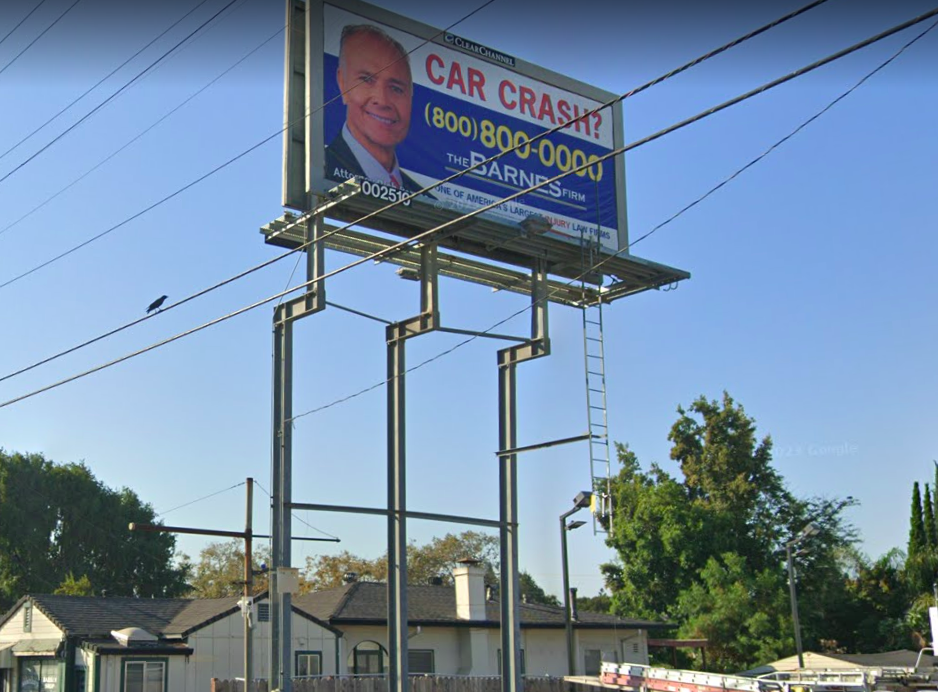
But what about the county’s cut in this deal? It turns out, compared to what these corporations make, the deal is extraordinarily paltry for Eden Area residents and taxpayers. Outfront Media will share merely 10% of its annual revenue with the county, an amount the county promises will be appropriated back to the Eden Area yet no formal structures, plans or process has been outlined. Oh, and the 10% coming back to the county? In reality, it’s actually 6.5%. What happens to the other 3.5% of the advertsied county revenue? It is planned by the county to go to the consulting company that brokered the deal between the County and Outfront Media. That last point needs no further elucidation on how our community, the county’s dumping ground for anything that is deemed “undesirable”, is getting screwed over.
Location, Location, Langton Way
The proposed Langton Way electronic billboard is one of four electronic billboards (three have already been erected) that the deal encompasses. Originally, the street was part of a 1940's 300 home World War II Era subdivision. The street was truncated due to the construction of Interstate 238 around 1950. The portion of Langton Way where the jumbotron will be located is a stub dead end street with a cul-de-sac turnaround that abuts a large retaining wall. On top of the retaining wall begins the sound wall for Interstate 238 South, which connects Interstate 580 East towards the Tri and Central Valley, and a closeby off-ramp for Foothill Boulevard towards Hayward and Castro Valley Boulevard. In between these two exits is another, the 580 West ramp toward Oakland. For all intents and purposes, the Langton Way jumbotron will be located in the middle of a complicated, short, speedy, busy highway interchange.
This stub-end of Langton Way contains 4 structures, all single family residences. One residence doubles as a limousine and executive car service. One would assume by the various play toys and tricycles in front of the house that the backyard did not store upwards of a dozen fancy rental cars.
The home next to the car service is a nondescript single family residence with a trampoline outfront. In the backyard of this residence will tower a 90 foot tall jumbotron that must overcome the retaining wall, sound wall and be high enough to reach the view of northbound drivers on Interstate 238. Consequently, it will be a monstrosity, towering over a mostly residential neighborhood on a mostly residential street.
Is this ameliorating the blight of static billboards? Hardly. The community clamor for the removal of these static billboards originated due to their awkward locations on local community corridors. A higher, brighter, bigger jumbotron at this location is in no way preferable to the old style.

Local Loses
Locally, the zoning is Neighborhood Commercial with residential uses allowed as a secondary use. County likes to focus on the word commercial, others like to focus on the word neighborhood. But it doesn't take a Masters in Planning to see that 90% of the homes are simple, single family residences as they were built in 1942. County ordinance forbids billboards on a parcel with “residential uses” but it seems like ignoring ordinance language has gotten the jumbotron this far along, why stop now?
The 1966 Scenic Corridor Overlay Zone of the county’s General Plan of which I-238 is mentioned, also forbids billboards. But ignoring older ordinance is even easier in a techie-minded century where legal protections are hurdles to be overcome (or ignored) rather than the people’s will to be adhered to. Multiple other phrases and words exist in county ordinance that set the Langton jumbotron in a dubious foundation, but a deal’s a deal after all. The show must go on! Alameda County planning commission approval was sought and won by a single vote.
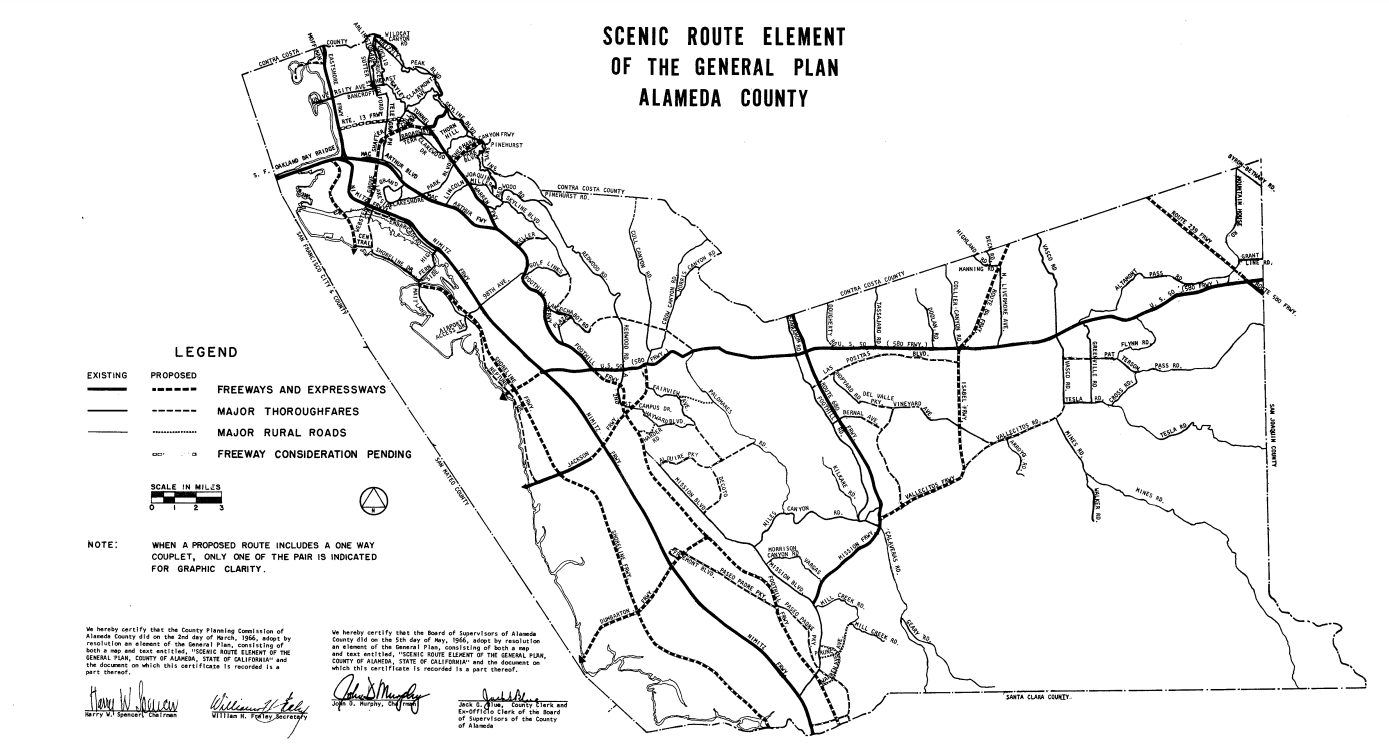
State/Federal Laws
The following two developments have seen the Langton Way jumbotron project, at least on the public-facing side of Alameda County Board of Supervisors’ agenda, grow silent:
The first: It has been discovered that an already county-approved and erected electronic billboard project seemingly violates relocation agreements between the state and national government. 3.5 miles east of the I-238 Langton Way project, is the I-580 electronic billboard in Castro Valley. One of the stipulations is that if a freeway includes a billboard, it must be a certain distance from a freeway interchange. The Castro Valley jumbotron falls within this restricted area. Although this objection to the already built jumbotron may hinge on the definition of “interchange," it most certainly will be in play for the yet-approved Langton Way jumbotron.

Another stipulation, supposedly enforced by CalTrans, is simple: local governments can’t allow more billboards adjacent to a Landscaped Freeway, a freeway designation that attempts to enhance a freeway by designing landscaping on the sides and forbidding billboards. A local government may relocate a billboard from one Landscaped Freeway to another, but the net number of billboards must not increase along a Landscaped Freeway. These interstates (238, 580, 880) are supposed to be free of clutter, dammit! But Castro Valley’s bright electronic jumbotron, towering on a hill high above drivers, seemingly is a “relocated” billboard in violation of the law.

Why would a local government, or perhaps a consulting firm, have incentive to clutter up our designated Landscaped Freeways, you ask? It turns out Let’s Make a Deal was far more than the name of a corny game show. What this also means is that the county has a material interest in violating local, state and federal law. And all for a measly 10%!
The second development: Although Landscaped Freeways are protected from the net addition of more billboards, it is still possible to request a “declassification” of a section of a Landscaped Freeway thus freeing the billboard company from the bonds of Lady Bird Johnson’s vision of an aesthetically pleasing skyline. Yet on appeal, a California Administrative Law Judge upheld CalTrans' refusal to declassify the section of I-238’s landscaping adjacent to the backyard on Langton Way. Thus the path for building the Langton Way jumbotron has narrowed. If it seems like the county should have won the declassification from CalTrans before the staff work and hours, you'd be correct.
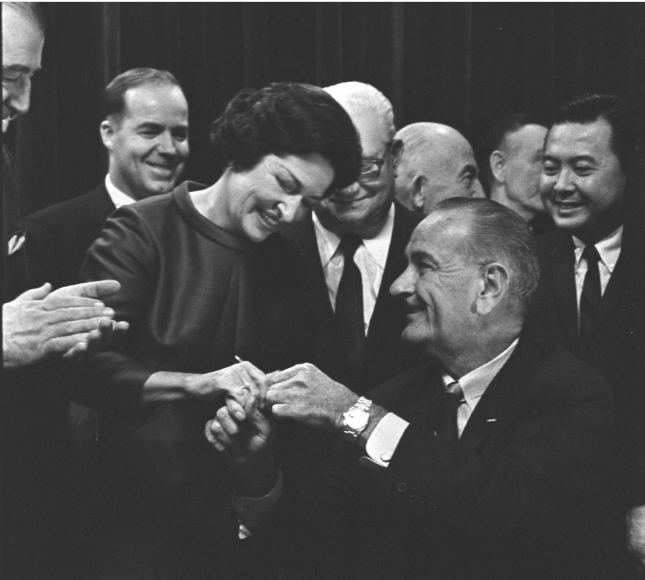
Approval?
A recommendation to deny the Langton Way jumbotron was voted on and passed by the Eden Area Municipal Advisory Council in August of 2022 due to the project violating county ordinance including the Scenic Corridor Overlay Zone. The Alameda County planning commission subsequently voted to approve in October of 2022 on a 4/2/1 vote over objections that the location is dangerous for drivers. That’s right, one vote.
With the looming threat of legal action by Alameda County Taxpayers Association (ACTA), the Langton Way jumbotron has perplexingly stalled seeking final approval by the Alameda County Board of Supervisors. Informal scheduling made for July 2023 has seen that meeting come and go without a peep regarding Langton Way.
But the Castro Valley/ Eden Area billboard saga leaves a bigger question looming, especially for Castro Valley. What do you do with a jumbotron that was illegally built? More specifically, what consequences could Alameda County face from the state or federal government for allowing an illegal structure?
Valle's Vote
Supervisor Richard Valle's speech regarding his "no" vote on the first iteration of Langton Way (the site development review had to start over from scratch) echoes loudly. Here is the transcipt from the late Supervisor regarding electronic billboards in July of 2019:
...And having worked in environmental causes for well over 40 years,
I don't want to pretend that I have any more sense of justice for the environment
than anyone else, because I don't own the environment.
But what I do own is my vote, and I'll tell you, my legacy is important as a
supervisor. Therefore, when people go down 580 and 880 and they see these
monstrous signs 24/7 electronically for a very long time, I don’t want my
fingerprints on those signs, no.
So I'm gonna vote absolutely “no” on this, because I do not want to leave a
legacy that I was a supervisor that agreed to do that. That’s not what I... I just... I
feel emotionally and passionately and deep in my heart that I do not want to
leave that kind of fingerprint on Alameda County and all of the commuters that
are gonna see these signs way beyond my lifetime. So I’ll vote no.
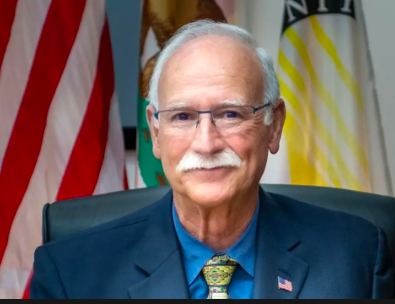
See the July 9, 2019 Board meeting official meeting video recording at 01h 32m 45s:
https://alamedacounty.granicus.com/player/clip/5803?view_id=2&redirect=true&h=66
2accf4d2f8dbb9d2191166bdccb1e7)
